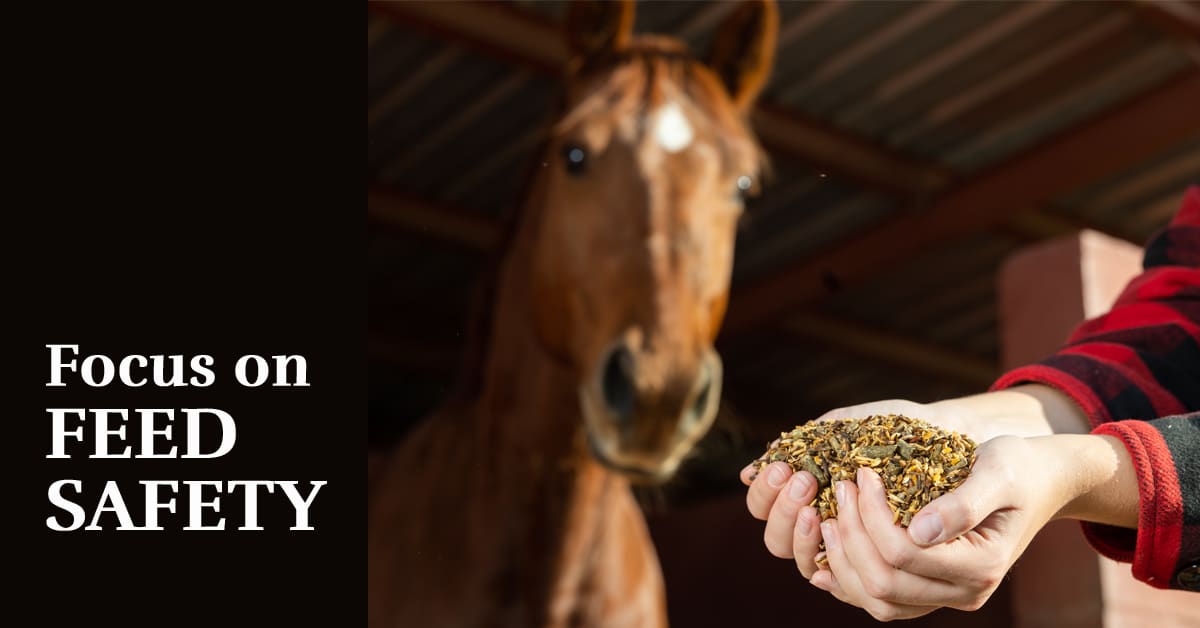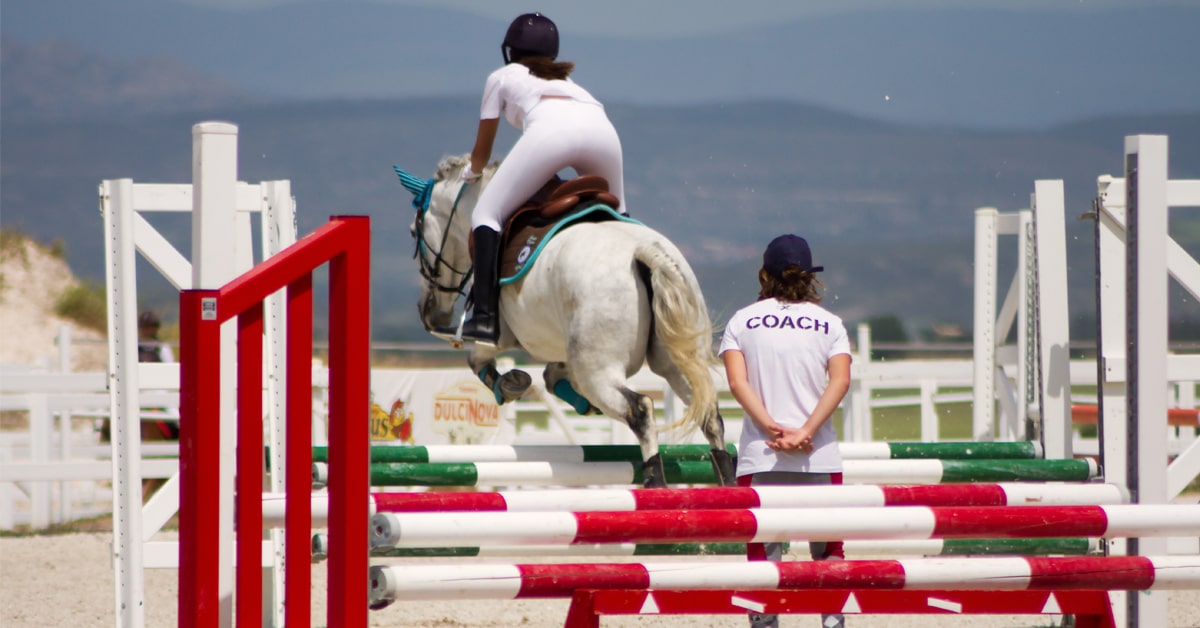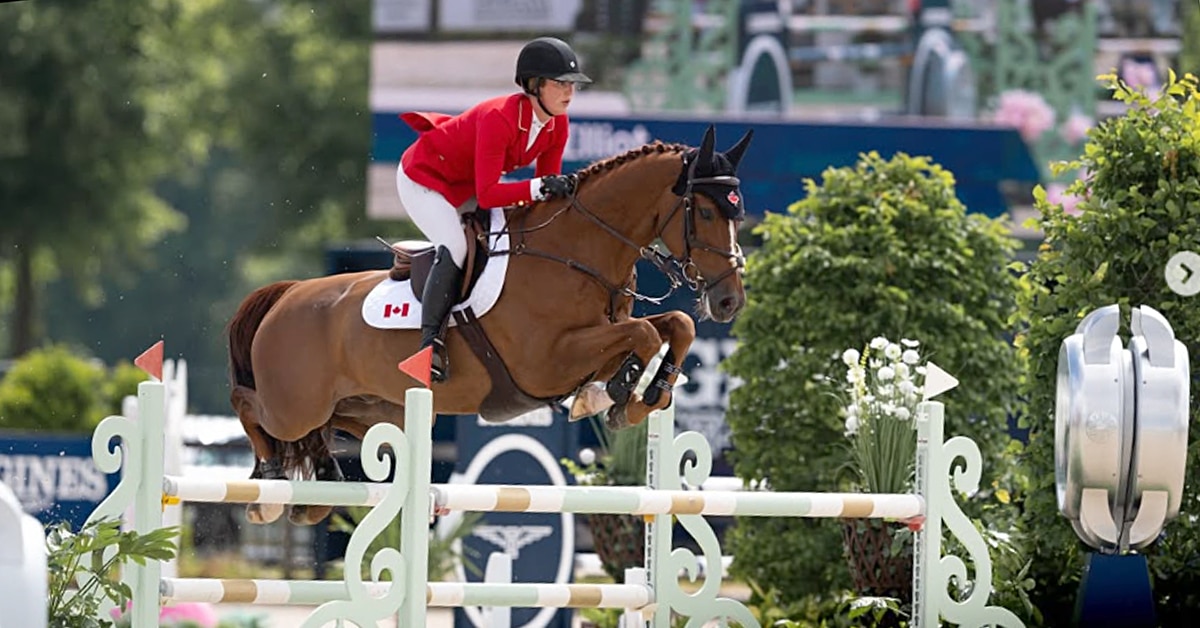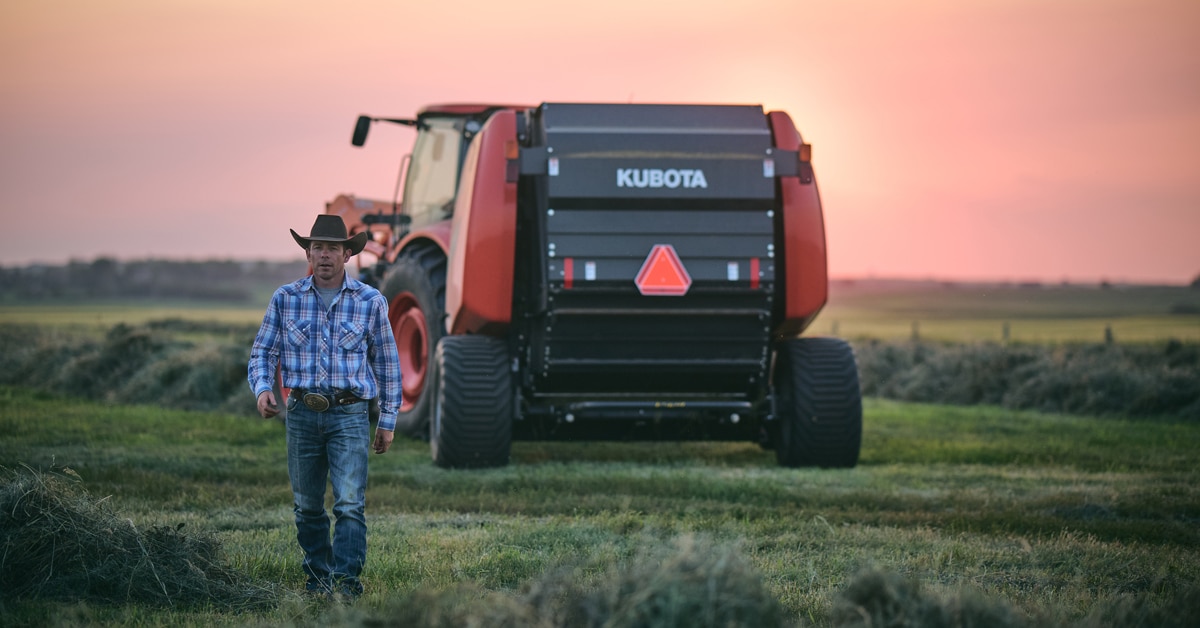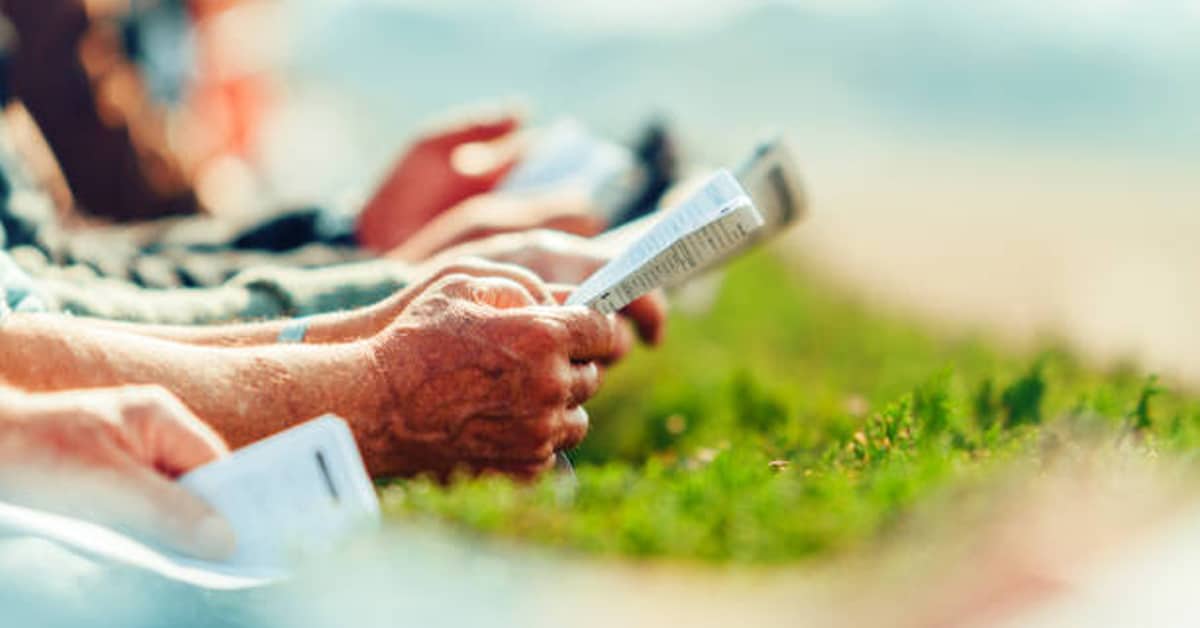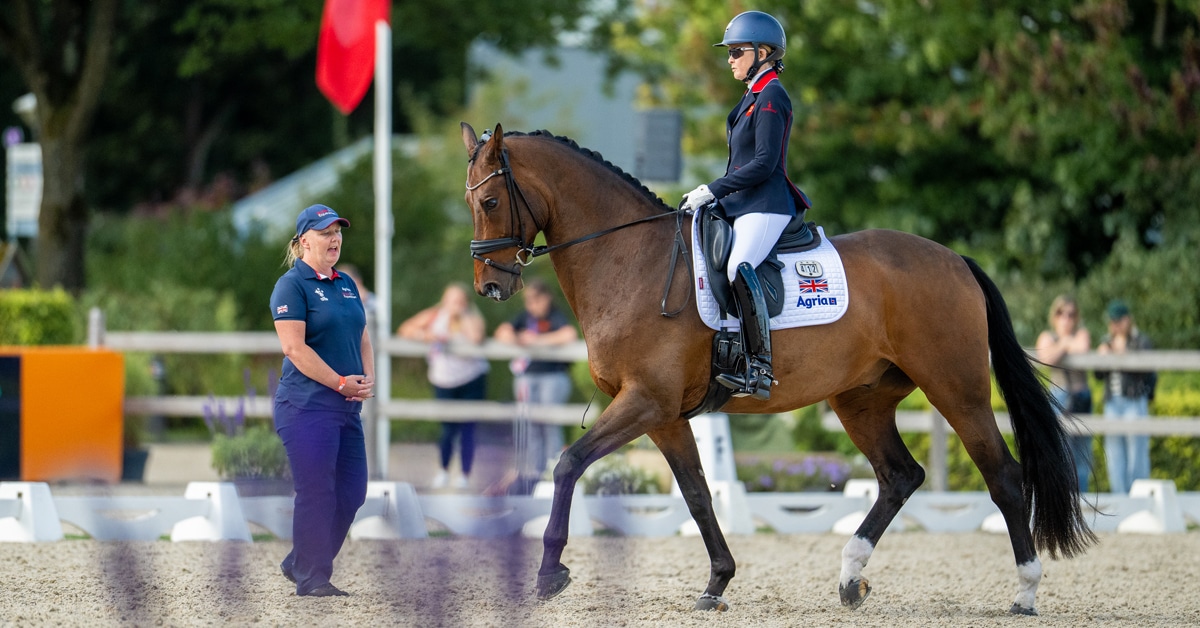But the walk is not only part of every dressage test from training level to grand prix; the movement that includes the free or extended walk is also always a coefficient movement, worth double the score. Additionally, when the judge gives the collective marks for gaits, the walk is part of that assessment; it can also be a factor in the collective mark for submission.
The walk is often considered the most difficult gait to improve, but David Marcus believes all the horse’s gaits can be improved with correct training. “I have a horse that, in his most tense moments, walks better than my other horse in his most relaxed moments,” he says. “But I’m a firm believer that you can improve any gait, including the walk, provided you remember that you can improve it only within the horse’s natural abilities.” Whether it’s medium and free walk for a training-level horse, or collected and extended walk for a grand prix horse, Marcus uses a systematic approach and simple exercises to school this important, but often under-estimated, gait.
It’s the thought that counts
With my students, I have observed a behaviour that reveals much about their attitude toward the walk. If I ask a student who is at the walk to show me a canter transition, the first thing the student does is to change the walk in preparation for the transition. The horse’s walk after the rider’s correction is in fact the collected walk that the rider should already have been riding.
I sometimes ask my students for a definition of the correct walk, and I have heard a lot of different answers. I like to keep things simple; for me the definition of collected walk (or medium walk with lower-level horses) is that it’s the walk from which I can do anything. Can I halt? Can I trot? If it’s a grand prix horse, can I piaffe?
After I put that idea into a rider’s head, I then watch. It’s amazing to see how the horse’s walk immediately changes. Now that the rider is thinking about preparing for something, he or she rides the walk differently. What riders forget is that the walk needs to have the feeling of preparing for everything else. Sometimes people school the walk to “fix” the gait, and they forget that you have to be ready to actually do something else from there.
Leg yield for throughness
A correct walk has an even four-beat rhythm. A problem with the rhythm is a common issue for the walk, but it’s a symptom, rather than the root of the problem. Rhythm is a reflection of the “thoroughness” in the horse – the correct, supple acceptance of the aids. When you see rhythm mistakes, or a horse that begins to have a lateral walk, it’s due to either tension or a lack of throughness. A horse that takes a long step on one hind leg and a short step on the other is revealing that he is not even on both sides of his body. He is probably stronger into one rein than the other, which means the hind leg on that stronger-rein side is not working well enough. The correction that needs to be made is with the horse’s response to the aids; when that is corrected, the rhythm issues will start to disappear.
A small amount of leg yield in the walk can be both a correction and a test of the horse’s throughness in the walk. It’s less about actually schooling a leg yield, and more about having access to a leg yield if you ask for it. It’s not about bouncing the horse from one side to the other. If you make it too much about moving sideways off one leg and then the other, you are actually in danger of taking the horse off the aid on the side that isn’t driving. The goal is to have the horse evenly into both reins and responding equally to both legs.
I ride the walk on straight lines to test the quality of throughness. It is on those straight lines that I can learn if the horse is even or taking a long stride on one side and a short stride on the other. If I find the horse not properly through in the walk, I will ask for a bit of leg yield to one direction, and then to the other until I get the feeling of evenness on both legs and reins. I don’t want to find the horse is pushing his rib cage into one of my legs, or that he’s heavier into one rein. The point of the small leg yields is to create more activity in the hind leg.
Extended walk – the wall as comfort and destination
There tend to be two types of horses in the walk: those that want to hurry and those that want to be a bit slow. I find that different lines in the ring work best for each. If I am on a horse that wants to rush or anticipate in the walk, schooling the extended walk on the long side is more useful than the diagonal. The wall is the place horses usually feel most comfortable, so it can have a positive effect on a horse that gets anxious in the walk. The wall also aids me in controlling the speed while keeping the horse straight.
Riders are often afraid to make corrections in the walk. Having heard that they can “ruin” the walk, they are often reluctant to touch the horse in the gait for fear of making the walk worse. If you are afraid to make corrections, then you lose the thread of communication with the horse. The horse then loses confidence, not knowing what is expected of him.
The ability to correct is the only way I can make improvements to the walk; being able to correct within the extended walk is even more necessary with the horse that rushes. I want the horse to reach for the rein as I go into extended walk, but I also want to feel that I could halt at any time within that longer frame. I want to know I have access to just closing my fingers, and the horse will stand still and wait for me to ask him to move off again.
Within the extended walk, with a longer rein that is taken up by the lengthened neck of the horse, I will resist with the reins and lower back. The horse should halt in response, and he should remain there until I give a driving aid with my legs. It’s important for riders to remember that giving with the rein is not the aid to go forward out of the halt. It’s often the case that when riders release, the horse immediately goes forward. He needs to learn to wait for the rider.
When the horse halts and I reward him with a softening of the rein, he should stay relaxed in the halt. Then, when my leg comes on, that is the aid to go forward. The leg aid also connects the horse to the bridle in that moment. When I have access to the halt from extended walk, I then have control over each step.
With horses that tend to have lazy walks, I usually school the extended walk on the diagonal. Taking the horse away from the wall and pointing him toward a far corner gives him a place to want to reach. Horses naturally want to find the wall; they want to get to the other end, and sometimes the diagonal can motivate them more forward. I may need to close my leg on the less energetic horse in order to get him to reach forward to the bit and take a longer stride. As I apply the leg, the horse should continue to “take” the rein from me until I reach the neck length that I want for the extended walk.
The tricky transition
Riders often struggle with the transition back to medium or collected walk after the free or extended walk. The issue is ultimately about the quality of the gait in the extended walk. If I ride a transition to collected walk from extended walk, and the horse is tense or comes off the aids, I need to be honest with myself as a rider and question whether the extended walk was truly on the aids. In any transition within or between gaits, the quality of the transition is a reflection of the gait I was in before that transition. If the collected walk after the extended walk is not good, then the extended walk immediately before the transition wasn’t good, either. The transition is not so much a schooling exercise as a test of the quality of the gait.
The Latest


